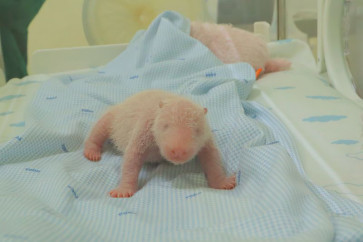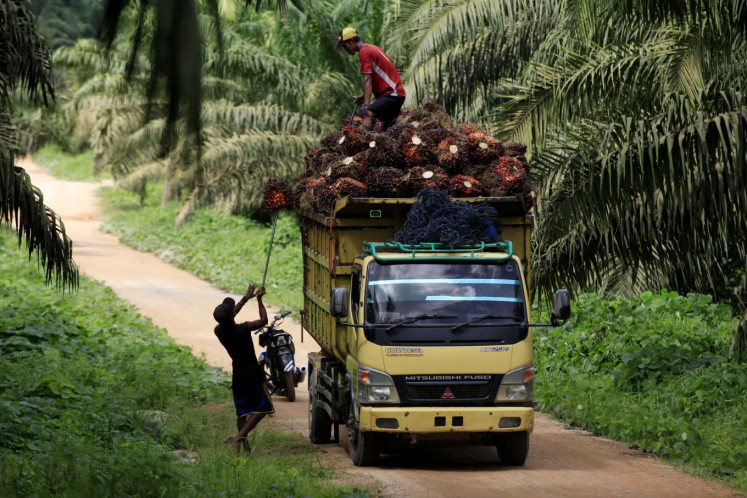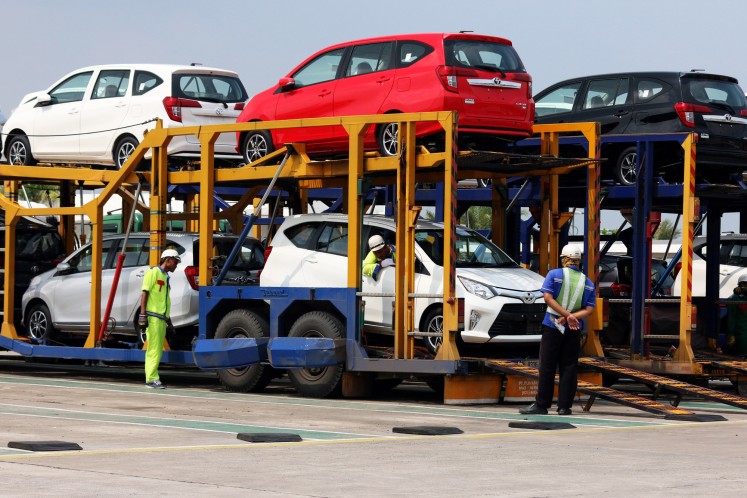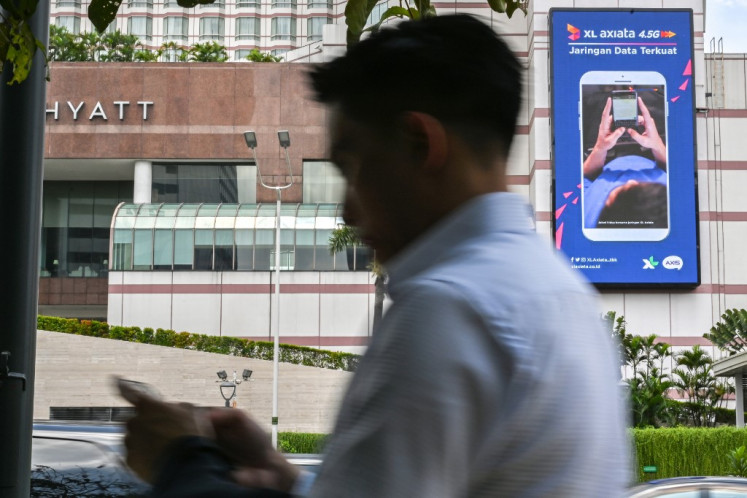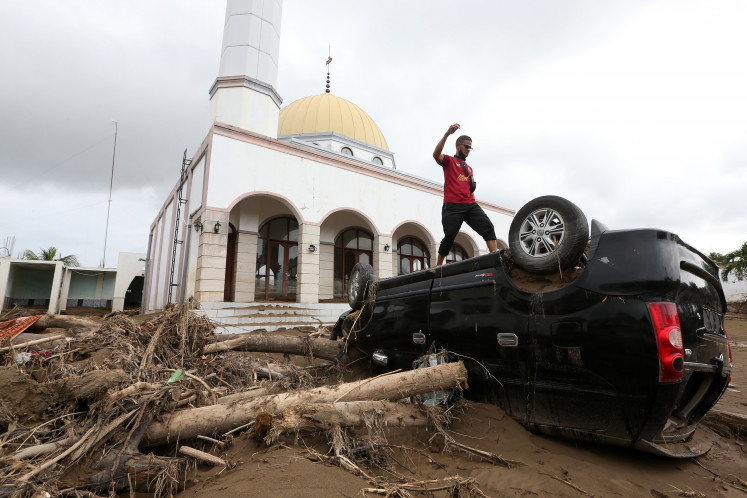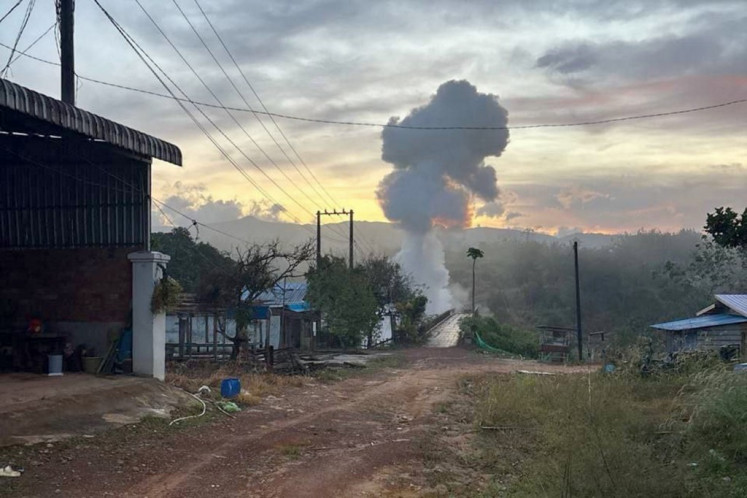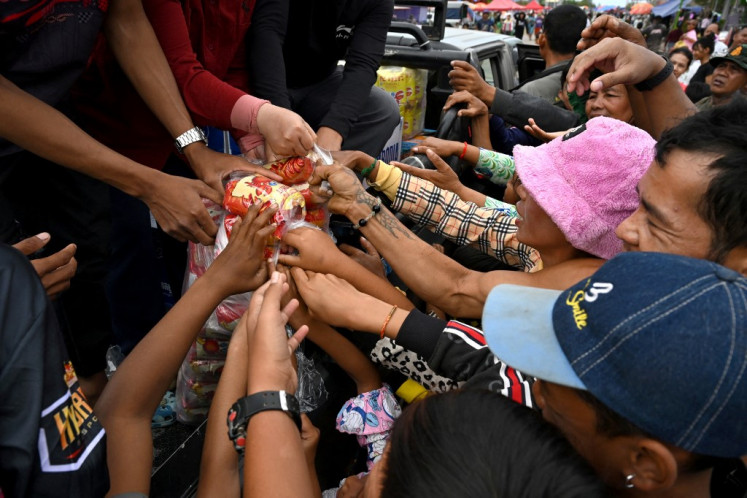Popular Reads
Top Results
Can't find what you're looking for?
View all search resultsPopular Reads
Top Results
Can't find what you're looking for?
View all search resultsA thousand years on, can 'subak' survive?
Formula: The Tika is an ancient mathematical system of discovering auspicious rice planting days in Bali
Change text size
Gift Premium Articles
to Anyone
Formula: The Tika is an ancient mathematical system of discovering auspicious rice planting days in Bali.
Evidence of the once vital Balinese agricultural system of subak, or rice field irrigation, may become little more than a collection of relics in a museum if rice field conversion to housing complexes continues across much of south Bali.
Developed more than 1,000 years ago, subak is a system of water sharing to farms, with local farmers making up the membership of the subak organization.
Tri hita karena, the Balinese concept of the relationship between humans, the earth and the gods, was at the heart of the 'traditional ecologically sustainable irrigation system', says a quick scan of Wikipedia, but escalating land values across the island, particularly in the populous southeast, has seen some subak join hands with land speculators rather than protecting their farming members. They have become 'handmaidens of investors', says one subak group from Tabanan, the regency home also to the Subak Museum.
Opened in 1981 to ensure the protection of subak knowledge into the future, today the Subak Museum, like so much of Bali's former arable land, stands as little more than a ghost of Bali's heritage.
Within the museum is a mixed bag of exhibits telling the subak story. Some exhibits are tagged with registration numbers, many are not yet logged into the museum's database, says a member of staff at the museum Ni Nyoman Mirahwati. She adds there are just 250 items in the museum collection.
'Some of these exhibits are gifts from farmers, our collection data is far from complete, because our resources are far from adequate and we also need training to create and maintain the database,' says Nyoman of the museum that receives annual operating funds from Tabanan Regency of just US$4,700, barely enough to cover cleaning and the most basic building maintenance.
Housed within the walls of this museum are little treasures of history such as the etched copper plates explaining of subak law and methods, the wood and string tripod levels that allowed farmers in the past to ensure water flow and fix land levels, information on tunneling techniques that prevented collapse during the building process and the mathematical calculator formed of lime paint on wood that outlines the auspicious days for rice planting.
Encroaching: Concrete skeletons are rising like specters across much of Bali's once productive rice fields.
Visiting this museum highlights how much Balinese society has to lose of its heritage if land speculation continues unabated.
'Most of the rice fields of Tabanan have been lost to housing complexes or tourism,' says Mirahwati, adding that she is 'worried' that subak knowledge could be lost.
'I hope we can protect subak in the future. If all the land in Bali is developed the subak system could be lost and maybe people will only see here at the museum. For Balinese the most important food is rice ' we can't eat bread all the time. So if we lose subak and the land, in the future we will go hungry,' says Mirahwati of these 1,000-year history under threat from population and tourism growth.
But it's not all bad news for Bali; there are some farmers fighting back ' and winning the development war ' taking as their mission statement the protection of arable lands by applying the ancient subak land laws housed in the Subak Museum.
Members of the Selanbawa village subak in Tabanan have 187 hectares of rice fields under their protection. These lands can never be sold or changed from productive farming lands under an agreement forged between the subak and village members, says the subak head, 57-year-old Nyoman Seni.
The three villages come as a relief from the concrete jungles growing just beyond the villages' coconut palm tree line. Light breezes flutter leaves in the huge trees surrounding the rice collection area of the villages, shading workers who all have a stake in the success of the rice field yields. Harvests are good here and constantly improving due to local farmers' knowledge and implementation of innovative practices that ensure good incomes and stimulate young farmers to continue on the land.
'We made our villages beautiful so people would be interested in visiting here where it is still natural and cool,' says Seni's assistant, Wayan Atmajaya.
He explains farming as a way of life for local villages is feasible because 'Subak here is still strong because we have awig awig [traditional law] and the agreement of the villages to protect our 187-hectares of rice fields here because this is land from our ancestors.
Hefty: The subak system makes for plentiful harvests.
'It is land to be handed down to our descendents. Awig awig rules say that we cannot build on productive fields. If developers come here we tell them 'you cannot build here' ' this is our heritage from our ancestors to our children and on forever,' says Atmajaya, acknowledging that the awig awig on arable land conservation, so strictly adhered to in his area, is being ignored across much of south Bali.
'I know that in other areas of Bali this protection has been lost. The people sell off their heritage. We call this oknum ' those who look only at money. I feel sorry for these other areas and the changes in land use from rice fields. We see Denpasar, there are still tiny pockets of rice fields between the buildings, and there is no irrigation. It's so sad because this is productive land lost under buildings and subak in those areas are no longer active,' says Atmajaya.
Seni says he is 'deeply worried about the future of subak, because investors come and build and then the subak is lost. It's very sad. In the future subak may just be a name, no longer an activity, and this ancient knowledge would be lost forever. Into the future it will be the new generation that will suffer.
'They will have no land and no food will be grown here. When I hear that some subak have become the handmaidens of investors, that they are accepting payments to give access to lands that destroy the rice fields in the process.'
Bekasi stops speaking and holds his hands in prayer, clearly distressed that some subak, the protectors of Bali's rice fields, have lost their way and are now active in rice field destruction.
'This is absolutely against our awig awig. Under the table payments are impacting the farmers so badly,' he says.
But it doesn't have to be like this. Selanbawa village is proving that applying innovative farming techniques while adhering to subak awig awig can grow profitable farms that benefit all for generations to come.
' Photos By J.B. Djwan





